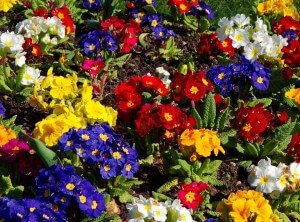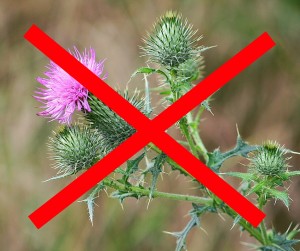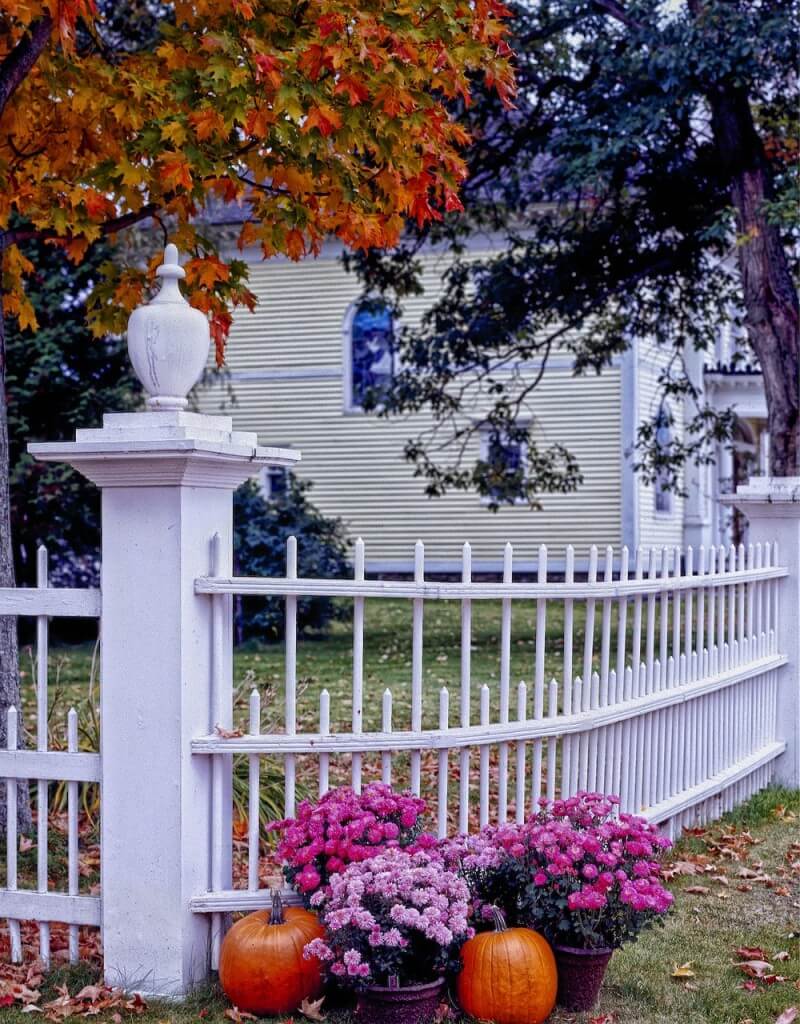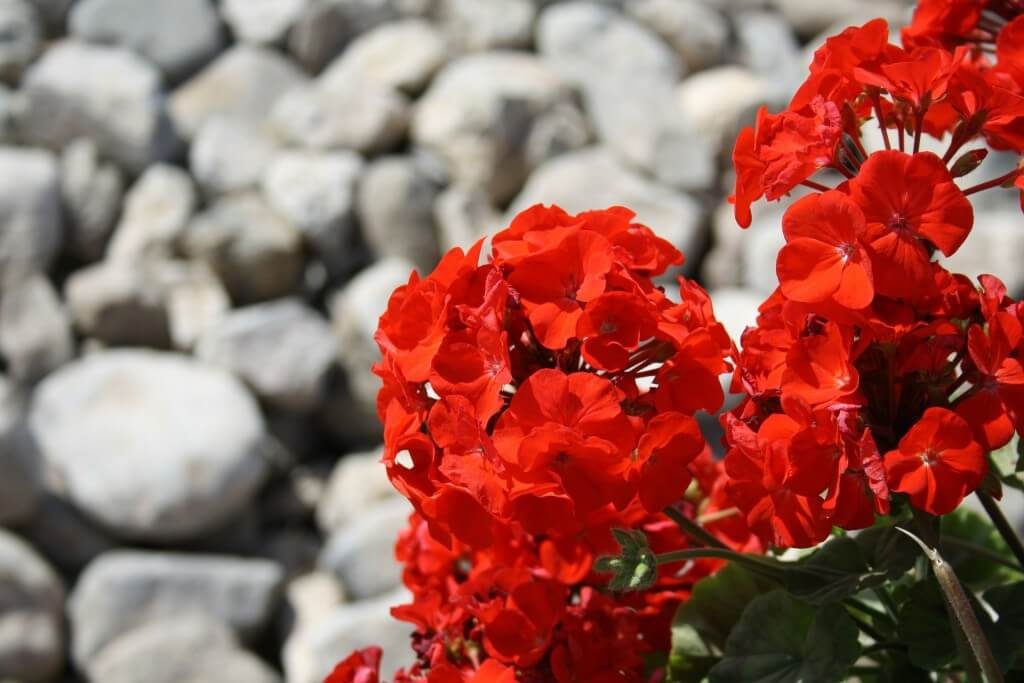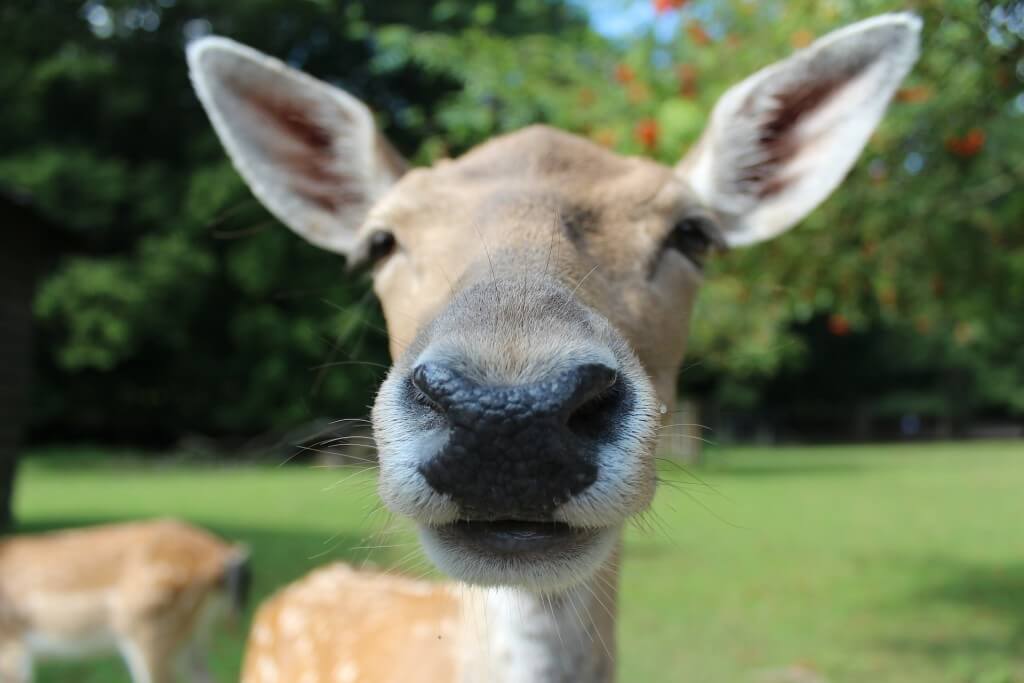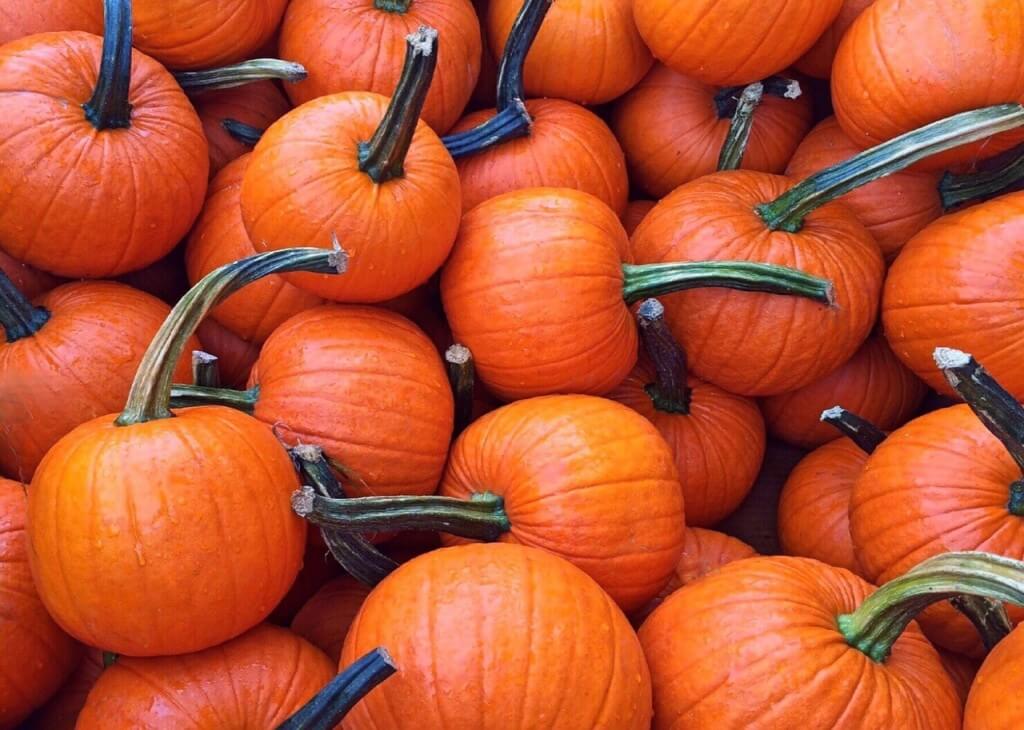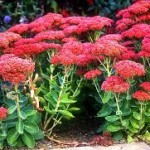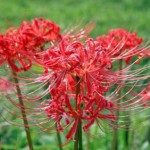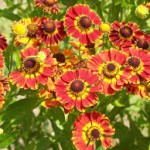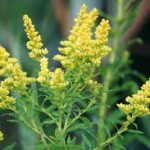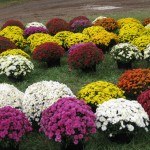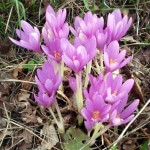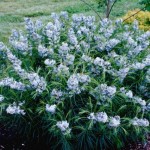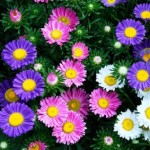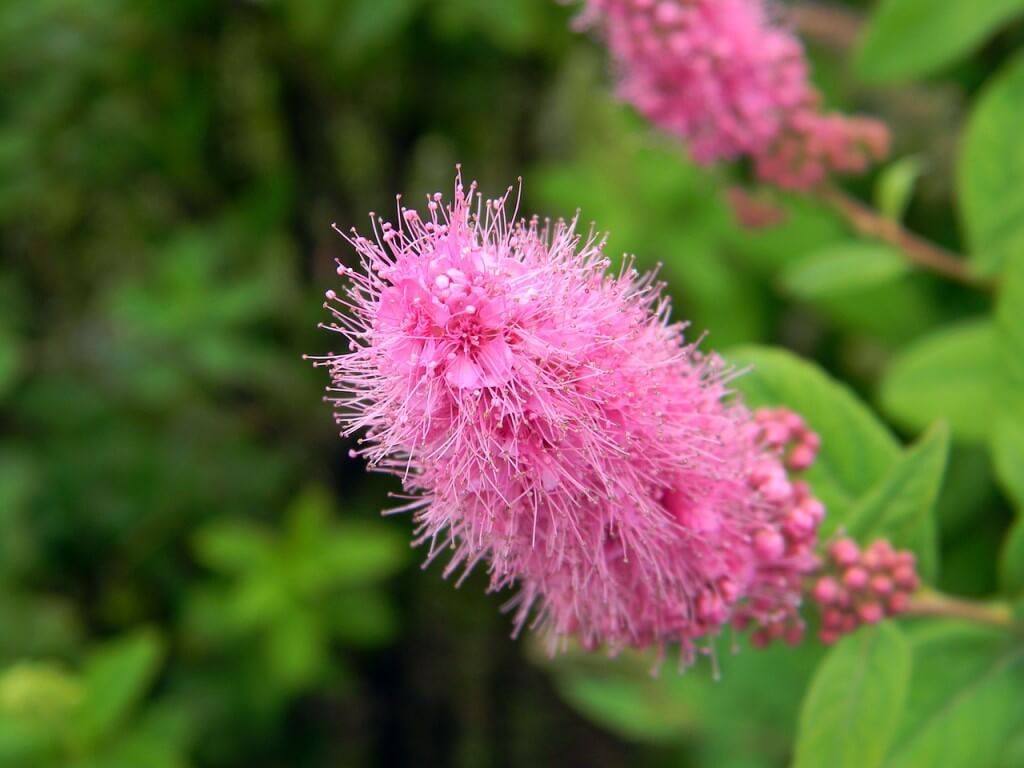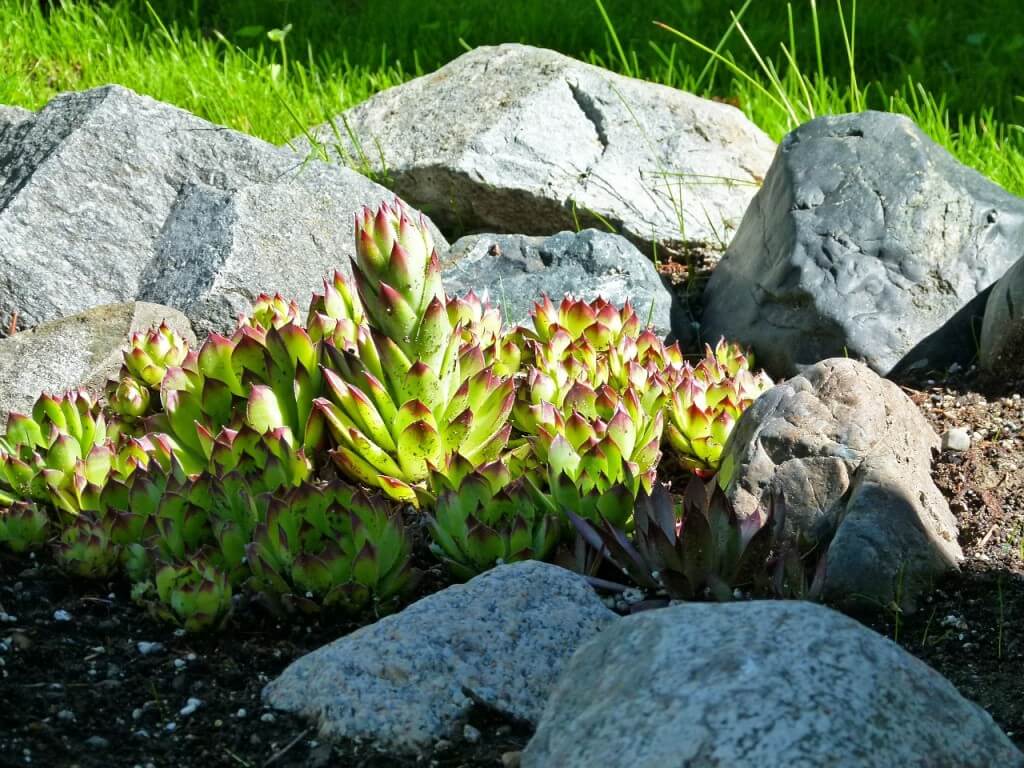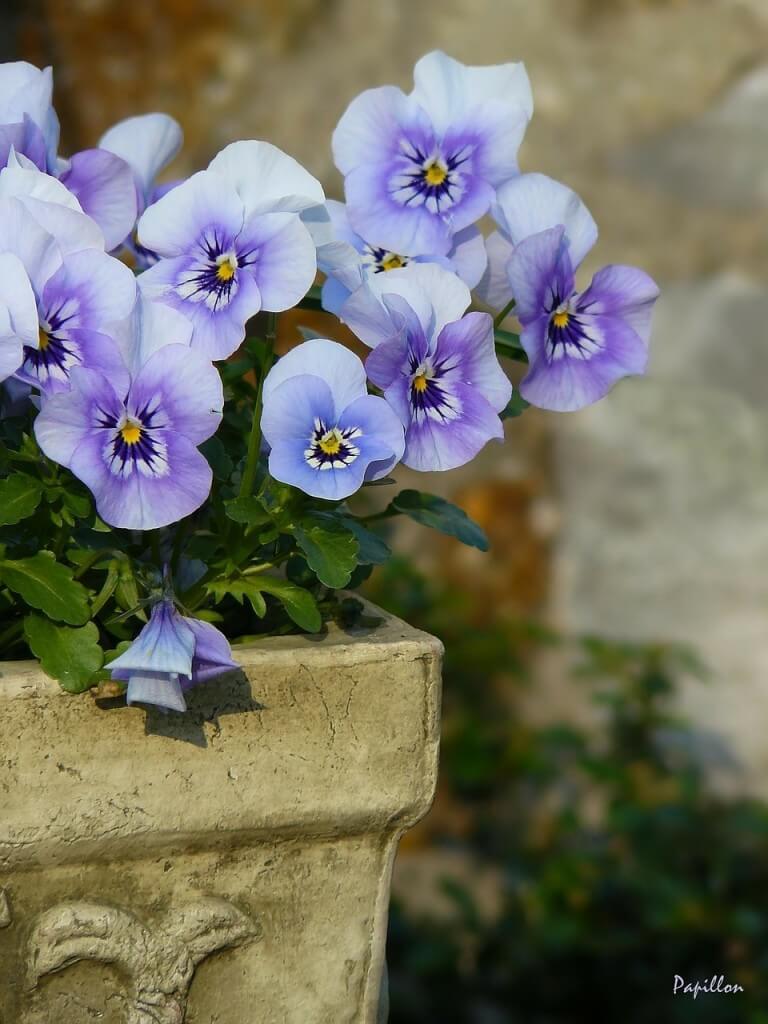Have you completed the first 5 steps?
All good things come with time and work. Here are the final steps for prepping your garden to be the best on the block.
6. Divide Necessary Plants
Now is the time to divide any plants (such as Boston ferns) you were hoping to split. Plants can tolerate more stress earlier in their growth cycle and recover faster than later in the season.
7. Stake Your Plants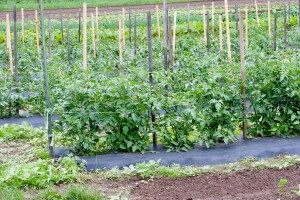
While it may not be everyone’s favorite visually, now is the time to stake your plants. It’s better to have them grow in the direction you want now than wrestle them later in the season when they are more mature.
8. Mulch!
If your soil is warm and dried up, this is the time to add mulch. Mulch = vitamins for your garden. No, they don’t need it, but there is a significant difference when used. Mulch helps increase growth and vibrancy by helping conserve water, feed the soil, smother weeds and cool the plants.
9. Finishing Edge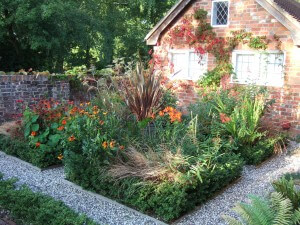
This final step isn’t necessary, but it adds a finished touch that is always noticed. Edge your garden. It makes it look more polished and elevates it’s appeal.
10. Plant your plants
If you haven’t already, pick your plants and get to digging! We recommend planning the placement first by placing the plants in their temporary containers in their planned spaces before planting -just to make sure it looks as beautiful in real life as it does in theory. Now bust out that shovel and plop them in the ground.
If you need help planning your garden, whether it’s picking plants, mulch, or tools, stop by or contact us. We’d love to help you create the garden of your Pinterest dreams!



